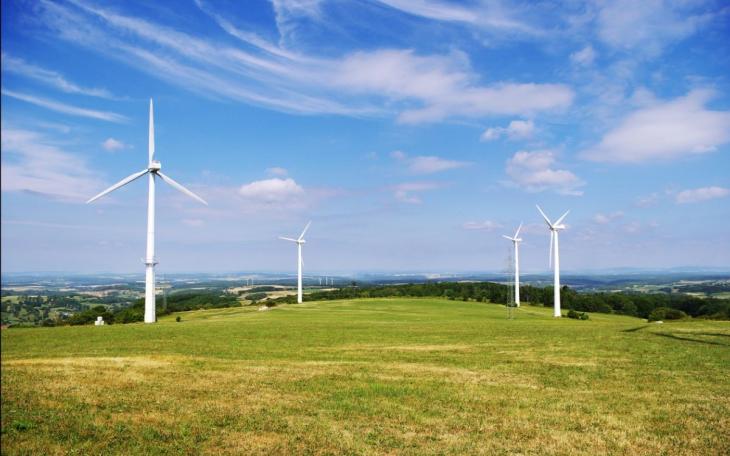Rethinking consultation in the age of the nimby

It’s been a big week for green energy politics, as climate conscience Tories continue to criticise the Prime Minister for being “simply uninterested” in the climate emergency. Among the party infighting and ongoing leaks, last week, the onshore wind sector received a massive blow.
Just days before the consultation on ‘Developing local partnerships for onshore wind in England’ closes, it has been reported that the government is unlikely to relax the ban on onshore wind development in any meaningful way.
Sunak hopes this will calm Tory ministers concerned about their dwindling voter base. However, whether it will have any impact at the ballot box is yet to be seen. One thing is for sure, it will likely reaffirm the perception of the Tories as the party of the nimby.
Public support for renewable energy is at an all time high, with support for onshore wind almost hitting 80% at the end of 2022. So why wouldn’t this sentiment translate to Tory constituencies?
The Tory’s nimby-complex highlights the need for public consultation – for both policy and planning matters – to have a greater focus on capturing feedback that represents the views of the whole community, rather than just the noisy few. Not only will this ensure our policy and planning applications are properly informed, it may also help reduce the politicisation of our net-zero transition.
While it is absolutely necessary to ensure that those most impacted by policy and planning decisions are heard, we also need to go beyond opt-in consultation methods.
SEC Newgate’s approach to public consultation incorporates community research methodologies and has proven to be extremely effective at helping our clients to better understand what the community wants, and expects from policy and infrastructure planning.
For example, we recently held several focus groups to explore local community perceptions of renewable energy infrastructure. In these sessions, we discussed how acceptable these types of projects are, along with the benefits and impacts of building different types of energy infrastructure within local communities. These conversations, held with a broadly representative sample of the community, helped to paint a more accurate picture of local sentiment – and showcased a strong source of passive support for these types of projects in their region.
The recent green policy flip-flopping by the government has highlighted the increasing need for planners, developers and policy professionals to obtain more robust data on the preferences of the whole community, so the loudest voices in the room do not overpower the decision-making process.








